No products in the cart.
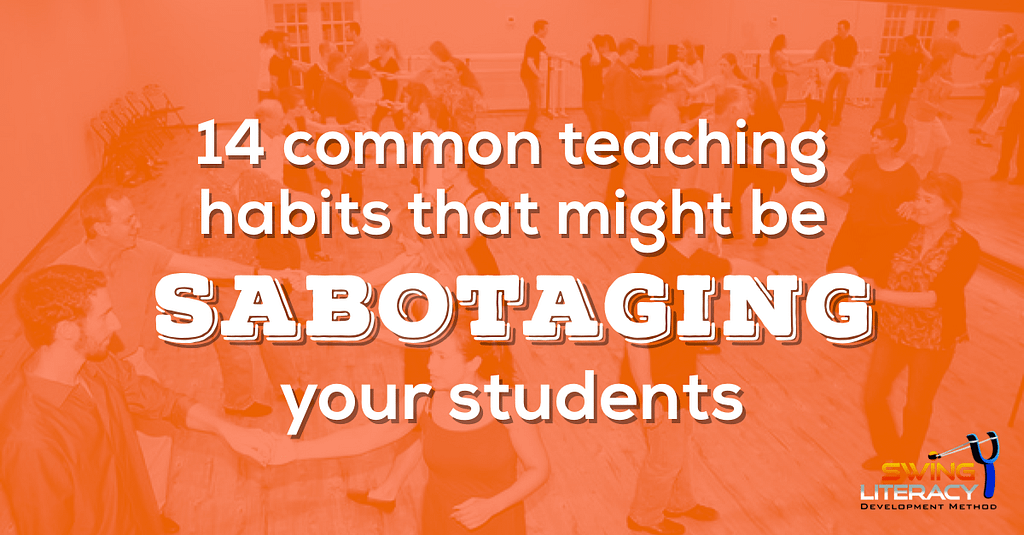
14 common teaching habits that might be sabotaging your students
Reading Time: minutes remaining
Even the best teachers with the best intentions have moments of unintentional subliminal teaching: when their teaching habits or advice accidentally deliver a completely different, counterproductive, undesirable lesson. Check your habits here!
In this article, I'm going to talk about why certain advice backfires. Then I outline 14 typical teaching habits or advice that tend to backfire, the impact it has on students, and how to tweak these habits to be more effective.
The main reason lessons may backfire
(I don't mean entire classes - I mean the smaller chunks: the individual lessons, pieces of advice, or exercises that teachers offer during classes.)
Every teacher has their preferred teaching methods, and all have good intentions in using them.
Unfortunately, many methods and pieces of advice get blindly passed on through the generations without being properly audited for effectiveness. We call this "unexamined duplication".
The reasoning most teachers use is, “Well it worked for me, so it should work for my students.”
But if you pause for a moment and think critically about each piece of dance advice you were given during your formative dance years, you will find that there are several “tips" that actually steered you in the wrong direction and you had to correct or upgrade later.
In that case, those pieces of advice actually didn’t “work for you”. You may have figured out a workable method by now, but it has not been because of this advice, it has been in spite of it. You had to work harder as a result.
For example, when I was a newbie Westie, I remember the teacher trying to explain "stretch" by telling us to imagine we were getting hit in the gut with a cannonball. (facepalm) I eventually figured out what stretch really was on my own and had it confirmed by more credible teachers. But not before I wasted some time trying to suck my gut in on every anchor. I had to work harder because of this "advice" that led me off course.
As a teacher, you want to make learning easier for your students, not harder, right? Let's look at some other ways you might be unintentionally making it harder for them.
Great teachers take on the responsibility of analyzing and filtering advice before passing it on to the next generation.
Other reasons advice could backfire
Students can easily misinterpret advice if:
- it is not as clear and apparent as the teacher assumes
- it sends an unintentionally negative message
- it subliminally trains the students to form habits of thinking or dancing that are undesirable in the long run.
Advice is ineffective if:
- it addresses the surface symptoms, but not the source of the problem
- it fixes one skill, but has unintended negative side effects on another skill
- the students don't understand the "why" behind it
Advice is inappropriate for students if:
- it's over their heads: the students don't have the pre-requisite skills yet
- the students don't have the context to understand it or apply it
- it only applies to certain individuals and is actually damaging to others.
These may seem obvious, but you never know what's in your blindspot. Great teachers are always looking for ways to help students improve, so they need to be aware of potential pitfalls. Let's outline some examples, and alternatives that would make the advice more effective.
Teaching habits that may be sabotaging your students
Here are a few examples of what some common teaching habits (that have great intentions!) actually teach your students.
Of course, this only scratches the surface: each “alternative” offered is a mere heading for a whole chapter of content within the Swing Literacy Teacher Development Program (TDP). I've noted each specific source.
1. Demoing the intended pattern/combo before starting the class
Your great intention: To motivate and orient students to the plan for the workshop. To copy other successful teachers who use this method.
The implied message: Students get the impression that all workshops are supposed to have a pattern/combo. This trains them to overvalue choreographed patterns and undervalue other aspects of the dance. If you don’t make it all the way to the end of the pattern/combo you demo’d, the students will feel that you didn’t “finish the job” or they “didn’t get all of their money’s worth”, which is setting you up to receive disappointment.
Alternative: Consider not using a pattern/combo to guide your lesson plan structure. What other theme could you package your material around? (Hint: Since patterns are merely the application of skills, they should take up less than 20% of your syllabus....) If you must orient yourself to a pattern/combo, don’t demo each item until right before you teach it. That way students will never know what you didn’t get around to teaching if you run out of time. If this scares you, fear not: Unit 4 of the Swing Literacy TDP teaches you how to design lessons without the restraint of a pattern bias.
2. Demoing only a stylized version of the basic
Your great intention: To illustrate what the movement should look like in context, to give the students a model to emulate. You think that adding personality to the movement will motivate them to want to try it.
The implied message: The students get the impression that your stylized version IS the basic and that they should execute it that way all the time. Then when students see the move styled differently outside their class, they might think it is “wrong”. We have actually had a confused student question the basic sugar push we were teaching because it did not have the body roll that they were taught!
Alternative: Students need to see what the “skeleton” of the move is before the styling layer gets added. They need to know which elements are non-negotiable and which are variable. Always demo the “boring", stripped-down version early in the process. Want to know which elements are non-negotiable? Yep, we go into in detail in Unit 3 of the TDP.
3. Holding a rubber band to teach elasticity
Your great intention: Giving the students the kinesthetic feeling of the elastic connection of our dance.
The actual effect: Holding on to the elastic while expanding away from their partner makes the elastic do the stretching for them, while their arms are allowed to stay rigid. This is counterproductive to the exact technique you are trying to impart.
Alternative: Always place the elastic around the torso to give students the feeling of moving their centre back to create counterbalance and stretch. Then explain that their arms’ job is to imitate the elastic and be pliable and dynamic. This method is so effective, students have called it their miracle tool. For the full explanation of this progression, see the TDP.
4. Teaching new dancers the footwork first
Your great intention: Keeping it simple by getting newbies to walk through the pattern on their own first before adding a partner connection.
The actual effect: Students obsess over their foot placement and completely ignore other aspects of the dance. Students get frustrated with having to train themselves to transfer weight in a foreign way. Student spend the majority of their first night staring at the feet and ignoring their partner, and are less likely to return or sign up for classes.
Alternative: Don’t bother teaching the footwork until the students have had a chance to feel the general shape of the move and the mechanics that will cause the footwork. If you haven't already, you're going to want to read this very detailed article about it!
5. Showing the followers their footwork
Your great intention: Tell the followers where they need to put their feet for the pattern to work.
The actual effect: Followers will memorize and execute their footwork whether the leader leads it or not. Leaders do not learn to be the driver of the follower’s positioning and their responsibility of causing and controlling the movement. Followers do not learn to be flexible and adaptable, and do not pay attention to the variances of the lead.
Alternative: Give the leaders a chance to learn how to move the follower through the general shape of the pattern first, and the followers just have to use survival footwork. Then teach the leaders their footwork, and only when the leaders are somewhat stabilized, then show the followers any remaining details they aren’t already doing naturally. You'll be surprised at the results.
6. Showing the leaders the path for their hands
Your great intention: Having the leaders practice moving their hands solo in the required shape before trying it on a partner.
The actual effect: Leaders do not learn to associate the placement of their hands with the mechanical impact they are responsible for. This leads to leaders waving their arms passively without “connection” causation and expecting the follower to move where she has been prescribed.
Alternative: Leaders need to be guided through a progression of how the move should feel and what forces their hands are responsible for before the hand pathway is extracted for detailing. The best progression for this is detailed in Unit 3 of the TDP.
7. Always breaking down a pattern count by count
Your great intention: Using the counts as markers to describe the movement detail. “Taking it one step at a time"
The actual effect: Students learn that learning to dance is about memorizing what to do on each count, which is choreography, not skill development. They often get stuck on the count that involves a new skill, rendering them incapable of completing the move and ultimately being dissatisfied.
Alternative: Using a skill development approach to build skills progressively and appropriately ensures that by the time these skills are applied to a pattern, the students are ready to be successful. Swing Literacy is based on this skill development approach.
A personal story
Myles was once training a competitive couple in Country Western dancing who were from a small remote town. They were working on ChaCha and he was trying to train them to straighten their knees to complete their Cuban motion leg action. On the recap video, he emphasized "dance onto straight knees", and sent them on their way. 6 months later, they returned for another lesson, excited to show Myles what they had been practicing. Their legs were completely stiff as boards, knees locked and robot-walking. He exclaimed, "What happened?! What are you doing?!" They replied, "We were just doing what you told us: "Dance on two straight knees!"
8. Practicing 'shadow dancing'
Your great intention: A fun exercise to teach focus and reading your partner’s body flight by keeping a few inches of air between any hand connection, leading all moves visually without touching.
The actual effect: Practicing walking solo through patterns that technically can’t be done without connection is artificial and will often be counterproductive to dancing connected. Newer students learn to generate their own movement rather than work as a mechanical team.
Alternative: It’s a fun exercise appropriate only for students who have already learned proper partnership movement skills.
9. Saving technique for advanced classes
Your great intention: Teach technique only to the students who are already hooked enough to appreciate it and crave it.
The actual effect: Beginner dancers learn that they don’t need technique unless they plan to “get serious” or start competing. Their poor technique and attitude negatively impacts the other social dancers. The beginner dancers progress more slowly without technique to feed their growth.
Alternative: Technique belongs at every level, but with different expectations and approaches. Make technique learning fun and worthwhile through drills and guided revelations so dancers learn to value it as early as possible, so they are successful enough that they stick around long enough to get to your advanced class. Unit 3 in the TDP describes techniques and approaches that beginners should be introduced to, in which order. Unit 4 describes the technique expectations for each level, and Unit 5 describes how to create engaging activities to make skill-learning fun!
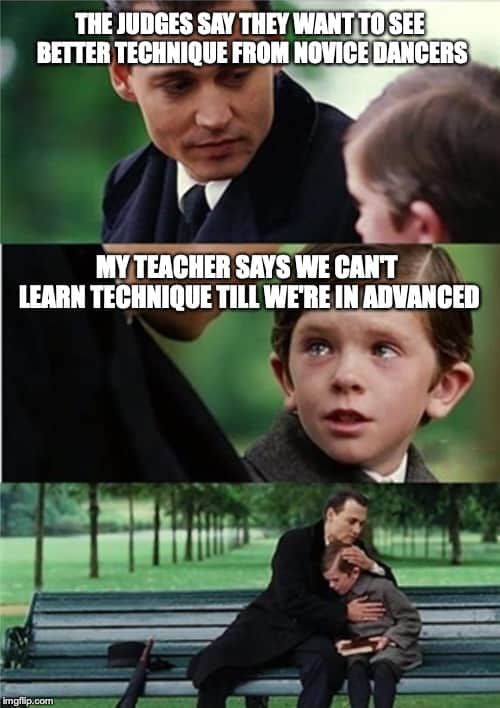
10. Global correction (correcting the whole group)
Your great intention: Simultaneously correct a technical error that the majority of the class is committing.
The actual effect: Students who are actually doing the movement perfectly are made to think that they also need to follow the correction advice. They start a new bad habit because they are trying to “follow the teachers' instructions”.
Alternative: Offer a self-test or partner feedback moment in order to identify which students the correction applies to. Unit 5 of the TDP expands on the teaching skills of Feedback & Correction.
11. Role assignment based on gender
Your great intention: Be efficient in creating a class formation and pairing up partners. “Men on this side of the room, ladies on the other"
The implied message: Gender is relevant. They don’t get to choose their role. Women take the submissive role. They will be confused when they attend a dance party and are asked to dance by the same gender.
Alternative: “If you choose to lead, please line up here. If you choose to follow, please line up here”. Or, “whoever’s hands are on top is going to act as the follower for this exercise”.
12. Chanting “anchor step” during the second triple
Your great intention: Cueing the students with instructions rather than counting. Helping them to prepare to anchor.
The implied message: The misunderstanding that the entire second triple is considered the anchor step, even though it is comprised of 3 steps. When asked to anchor in other classes, students are confused by any footwork variation that is not a triple step, and are unsure of how to resolve the actual anchor.
Alternative: Chant: “1, 2, 3&4, tri-ple-anchor” or something reasonably similar that only identifies the anchor “finish” on the second triple. For details, see the TDP.
13. Telling the followers to "triple in place" at the end of the slot
Your great intention: Identifying that the followers' feet should be stopped but the foot rhythm keeps going.
The actual effect: Followers learn to stop themselves to execute this stationary triple, regardless of whether the leader has caused them to stop travelling, which is technically self-leading, a form of hijacking.
Alternative: Teach the followers to keep going in the slot until they run out of rope. By focusing on the tension feeling that causes them to stop travelling, they will learn to be adaptable and adjust their foot placement to accommodate the flight and slot length of any leader. You can introduce posting as a refinement later. Does this sound shocking? The results we get from this method are instant, dramatic, and consistent. The full explanation and reasoning is provided in the SLDM.
14. Spewing all your knowledge
Your great intention: You have so.much.knowledge. to share! You love the dance and are just exploding with all the new things you are learning from conventions and private lessons. Your new knowledge is exceeding your ability to physically dance it, but you badly want to explain to everyone your new revelations.
The actual effect: Students will be excited for you for your revelations. But unless you make it relevant to them and package it in a way they can use, they will not see it as useful to them. They will lose patience with you and generalize that technique is boring because learning it is all talk and no moving. You are training them to avoid technique learning.
Alternative: Active participation drills are the solution to lecturing. Students need to be doing something while you are talking or else you are overloading their short term memory and their trials will be less effective. We have found that ever since we started using more drills in our classes about 10 years ago, we stopped getting complaints about talking too much. So we stuffed the SLDM full of drills for you.
But not all drills are effective! Here's a great article to help you start to curate your drills.
How to prevent misunderstanding
Every teacher should constantly be analyzing, filtering, and examining how they teach, and considering how their advice could be interpreted differently.
An ounce of prevention is worth a pound of cure, so look for opportunities to offer the "negative example": "Just because I asked for x, doesn't mean you should do it like this" (then demo what not to do).
Be sure to solicit questions from the student frequently, so they have opportunities to clarify their confusion. Watch for an article about using Questioning Techniques coming soon!
Gather the class together to guide them in summarizing the take away points so you have a chance to hear them paraphrase what they think you said.
If some of these alternatives sound outside-the-box to you and you would like to know more, it's time for you to check out the Swing Literacy Teacher Development Program.
Great teachers are not perfect!
Just because a lesson backfires doesn’t mean the teacher is deficient - even great teachers have their moments. Sometimes these moments make for great stories, like Myles' Cha-Cha students. Most teachers are not even aware that some of their advice has unintended hidden messages or negative consequences. But great teachers constantly upgrade their teaching skills, get feedback from a variety of sources, and self-evaluate.
Further Reading
Like this article? We'd love to hear your comments or questions below!
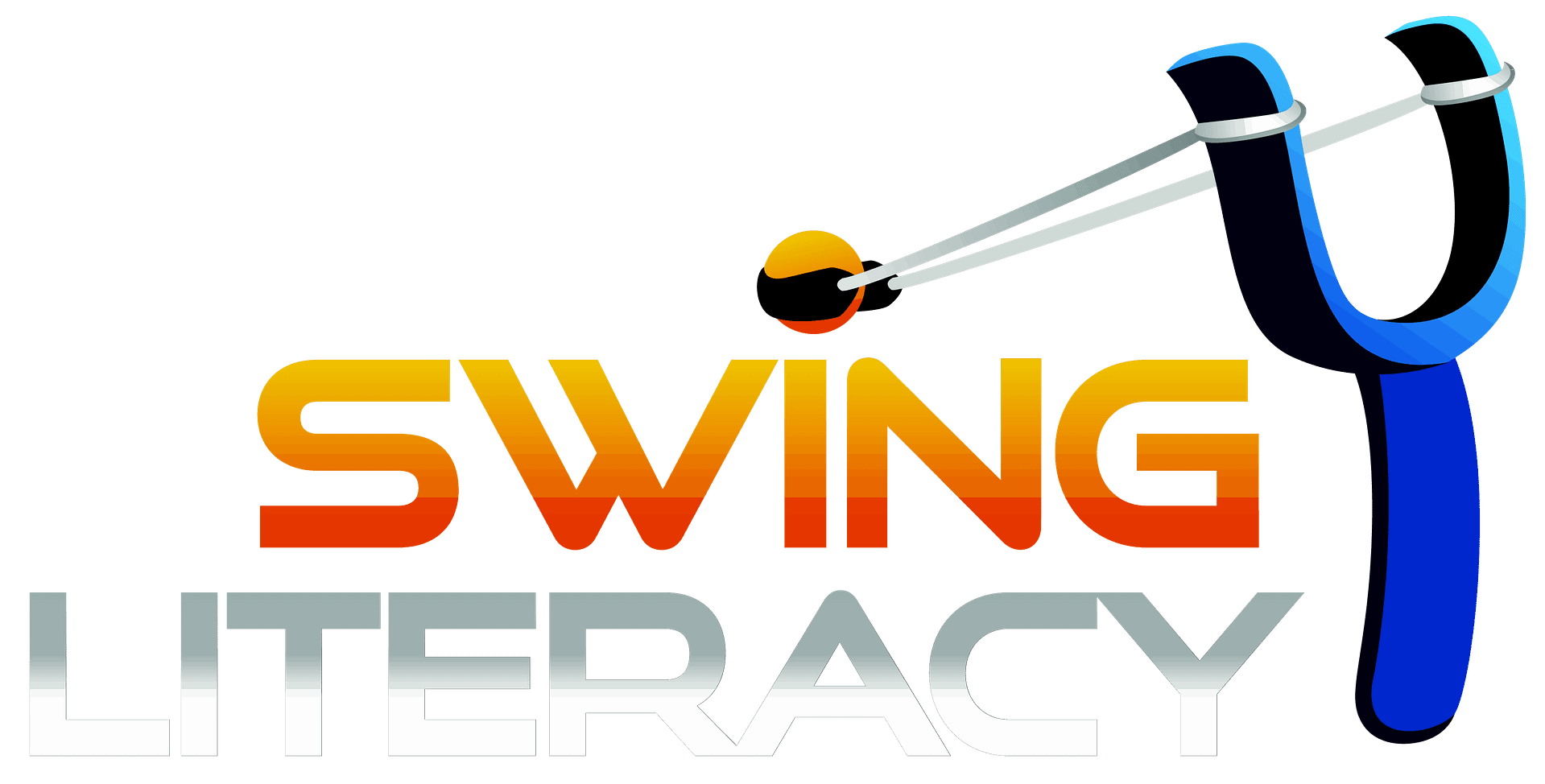

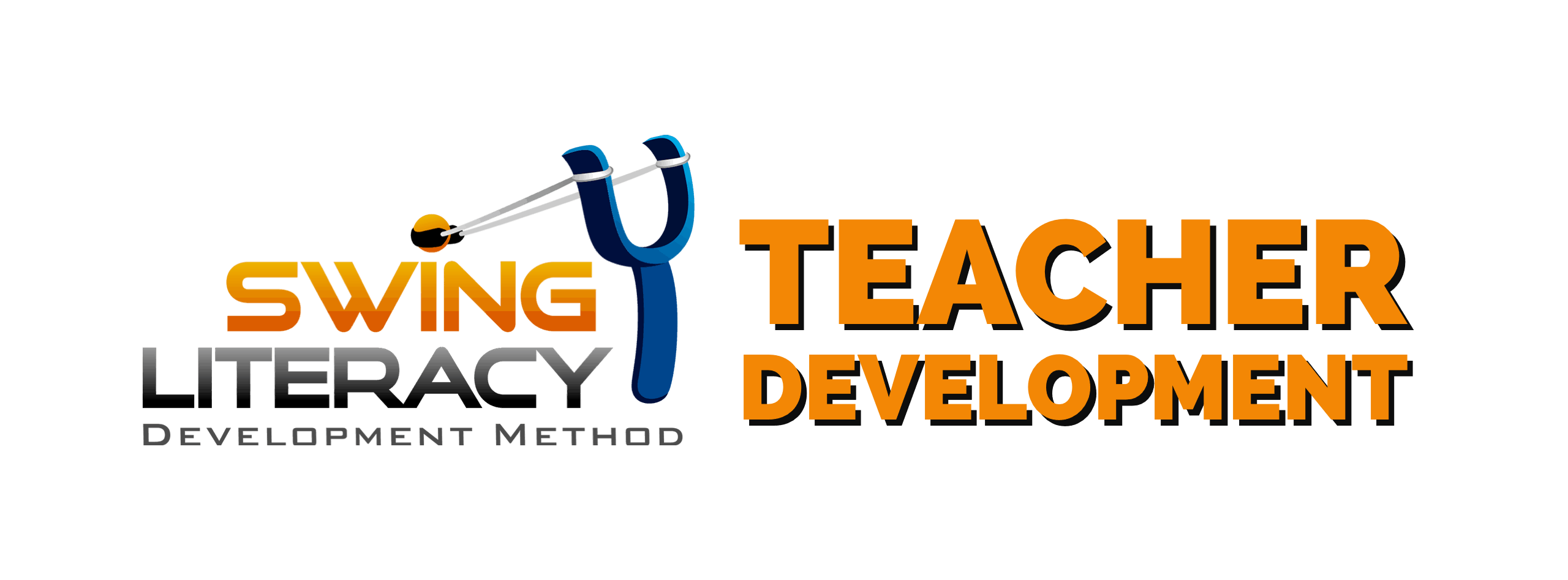

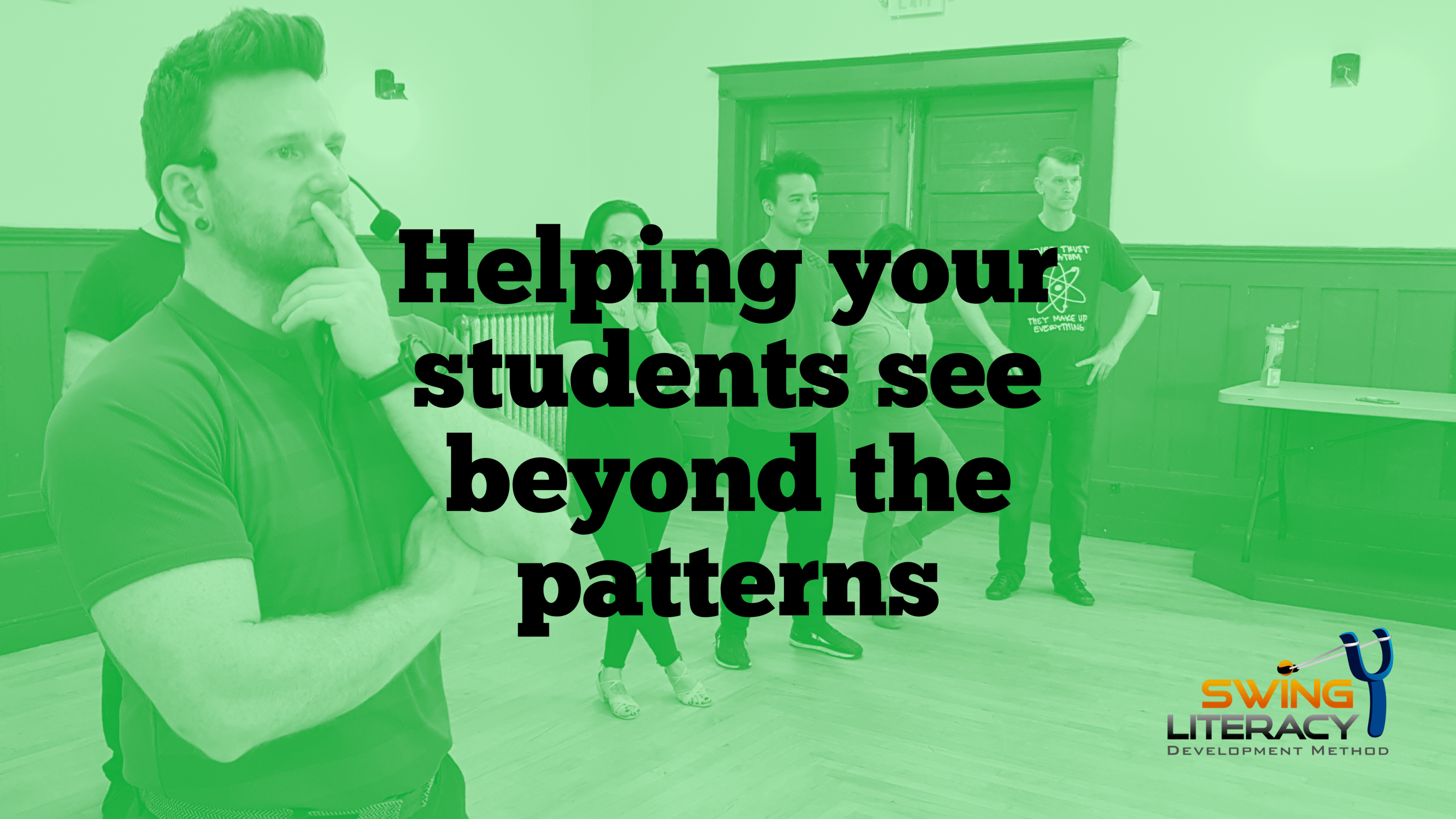


Great article! Loved it. Thank you for sharing your knowledge.